Click on images to enlarge

Fig. 1. Tetranychus yusti adult female paralectotype - detail of empodia.
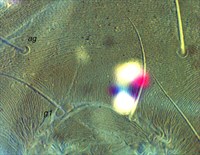
Fig. 2. Tetranychus yusti adult female paralectotype - detail of pattern of pregenital striae.
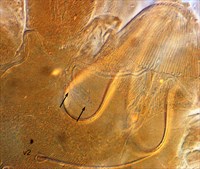
Fig. 3. Tetranychus yusti adult female paralectotype - detail of peritreme (arrows indicate hook).

Fig. 4. Tetranychus yusti adult female paralectotype - detail of pattern of prodorsal striae.
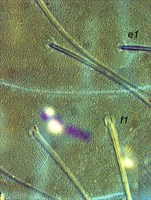
Fig. 5. Tetranychus yusti adult female paralectotype - detail of pattern of dorsal striae between setae e1 and f1.
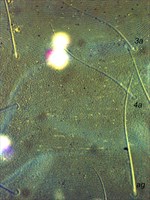
Fig. 6. Tetranychus yusti adult female paralectotype - detail of pattern of ventral striae between setae 3a and 4a (note lobes present on striae as far anterior as setae 3a).
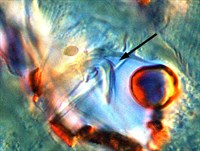
Fig. 7. Tetranychus yusti adult male lectotype - detail of empodium IV (arrow indicates minute dorsal spur).
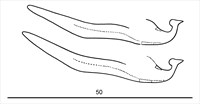
Fig. 8. Tetranychus yusti adult male lectotype - detail of aedeagus (at different focal points).
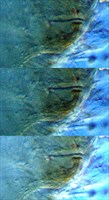
Fig. 9. Tetranychus yusti adult male lectotype - detail of aedeagus (at different focal points).
Material examined
lectotype, paralectotype
Taxonomy
Subfamily Tetranychinae
Tribe Tetranychini
Common Name
none
Distribution
^^NOT PRESENT IN AUSTRALIA
Brazil, Cape Verde Islands, Colombia, Cook Islands, *Ecuador, El Salvador, French Polynesia, Greece, Honduras, Mexico, Nigeria, Thailand, USA, Venezuela
Taxonomy Changes
none
Diagnosis
Female
- tarsus II with the sockets of three tactile setae and one solenidion proximal to, and three tactile setae overlapping, the socket of the duplex seta
- ventral striae with small lobes as far anterior as setae 3a (Fig. 6)
Male
Hosts
> 40 host species including: Cassia sp. (Fabaceae), Colocasia sp. (Araceae), Fragaria sp. (Rosaceae), *Gossypium sp. (Malvaceae), Ipomoea batatas (Convolvulaceae), Manihot esculenta (Euphorbiaceae), Passiflora sp. (Passifloraceae), Plumeria sp. (Apocynaceae), Zea mays (Poaceae)
References
*McGregor, E.A. (1955) Notes on the spider mites (Tetranychidae) of Ecuador. Revista Ecuatoriana de Entomologia y Parasitologia 2(3/4): 365-377
Migeon, A. and Dorkeld, F. (2006-2017) Spider Mites Web: a comprehensive database for the Tetranychidae. http://www.montpellier.inra.fr/CBGP/spmweb
Notes
Male specimen in poor condition, and many details, including thoses of tarsus I and II, are not visible.
^^ of concern to Australia; on economic hosts in southeast Asia
Copyright © 2018. All rights reserved.